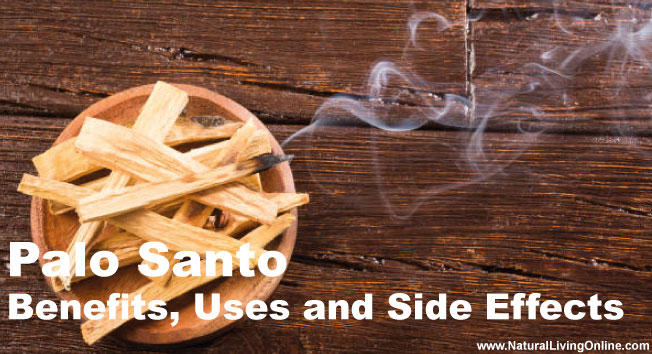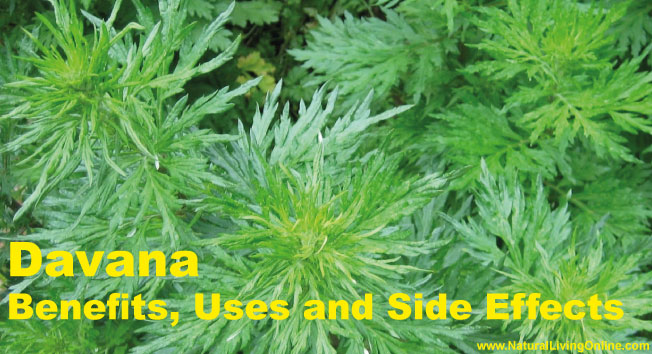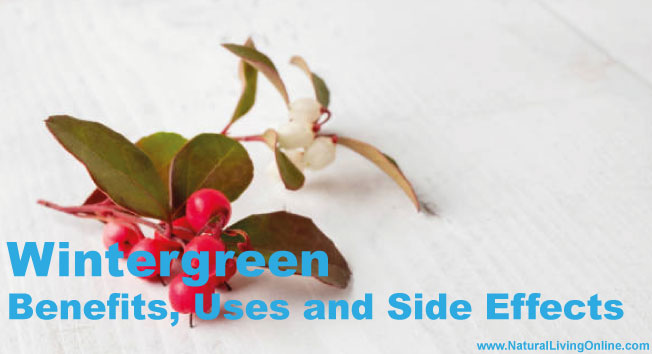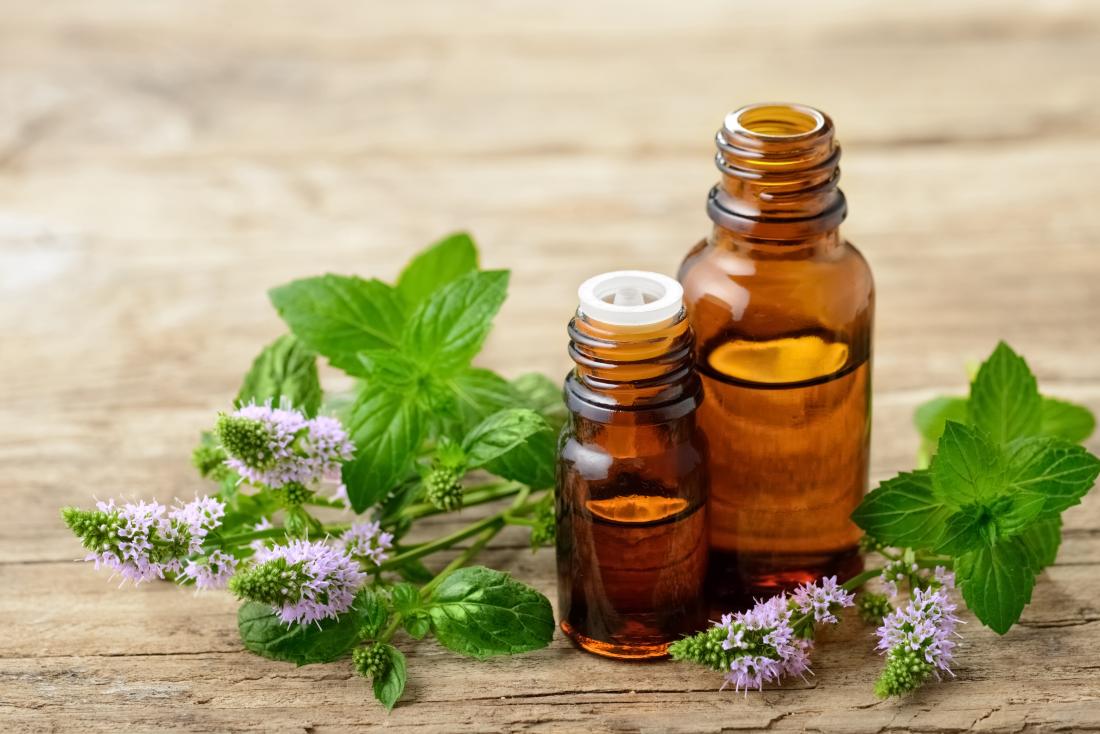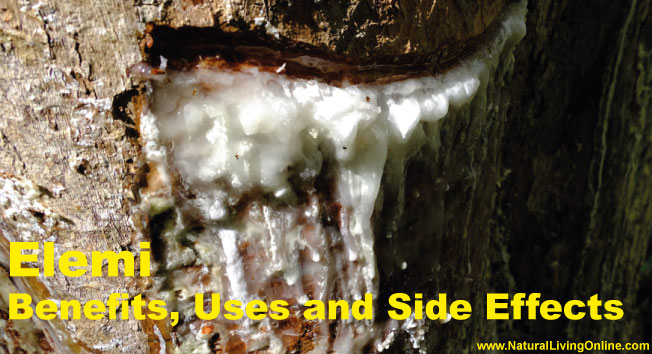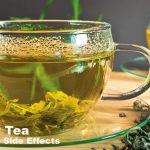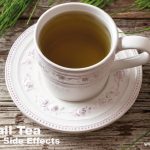Palo Santo essential oil has a sweet, woody aroma that is both uplifting and grounding. It is said to promote creativity, calmness and focus. It is good for treating colds, flu, asthma, bronchitis and headaches. It is also said to boost the immune system, improve circulation and digestion, and reduce anxiety and stress. Palo Santo oil is also used as an insect repellent.
What is Palo Santo?
Palo Santo, also known as Holy Wood, is a type of tree that grows in parts of South America. The essential oil extracted from Palo Santo wood is used for its many beneficial properties.
Different types of Palo Santo:
There are several different varieties of Palo Santo essential oil, each with its own unique properties and benefits. Some of the most popular types include:
Palo Santo Peru: This variety of Palo Santo essential oil is said to be the most potent. It is also said to have the highest levels of terpenes, which are believed to be responsible for its many therapeutic properties.
Palo Santo Ecuador: This variety is considered to be a good all-around oil that can be used for a wide range of conditions and health issues. It has a light, woody aroma and is often used in aromatherapy and other holistic practices.
Palo Santo Bolivia: This variety has a sweet, floral scent with notes of citrus. It is commonly used to boost energy, reduce feelings of anxiety or stress, and treat respiratory conditions such as asthma and bronchitis.
How Palo Santo Essential Oil is made?
Palo Santo essential oil is extracted from the wood of the Palo Santo tree. The tree is native to parts of South America, and the wood is often used in traditional ceremonies and rituals. The oil is made by steam distilling the wood. This process helps to preserve the beneficial properties of the oil, and creates a concentrated, potent oil that is high in beneficial terpenes.
What is the botanical name of Palo Santo?
The botanical name of Palo Santo is Bursera graveolens. This tree belongs to the family Burseraceae, and is native to South America.
What is the chemical composition of Palo Santo Essential Oil?
The chemical composition of Palo Santo essential oil can vary depending on the type and origin of the tree. Typically, it contains high levels of terpenes such as limonene and α-terpinyl acetate, which are believed to be responsible for many of its therapeutic properties.
What are Palo Santo Essential Oil benefits?
Palo Santo essential oil has a wide range of potential benefits. Some of the most well-known benefits include:
Reducing stress and anxiety
Improving focus and concentration
Boosting the immune system
Fighting colds and flu
Treating respiratory conditions such as asthma, bronchitis and allergies
Reducing inflammation
Regulating digestion
Improving circulation
What are ways to use Palo Santo Essential Oil?
Palo Santo essential oil can be used in a variety of ways. Some of the most popular methods include:
Diffusing: Diffusing Palo Santo essential oil can help to fill your home or work space with its pleasant scent and promote a sense of calmness.
Topical application: Palo Santo essential oil can be applied topically, usually diluted in a carrier oil such as jojoba or coconut. This is a good way to target specific areas of the body and treat conditions like muscle pain, respiratory issues, or congestion.
Inhalation: Inhaling Palo Santo essential oil can help to clear the sinuses and ease respiratory conditions such as asthma, bronchitis and allergies.
How can I use Palo Santo Essential Oil internally?
Palo Santo essential oil should not be ingested, and should only be used topically or diffused. If you are using it for aromatherapy purposes, it is best to diffuse long enough for the oil to evaporate into the air. This will allow you to benefit from the pleasant scent without having to worry about ingesting any of the oil.
How can I use Palo Santo Essential Oil topically?
Palo Santo essential oil can be applied topically, typically diluted in a carrier oil. This is a good way to target specific areas of the body and treat conditions like muscle pain, respiratory issues, or congestion. You can also add a few drops to your bath water for an aromatherapy bath.
How can I use Palo Santo Essential Oil in aromatherapy?
Palo Santo essential oil can be used in aromatherapy to promote feelings of calmness and reduce stress or anxiety. It is typically diffused in an essential oil diffuser, but it can also be inhaled directly from the bottle.
Great Essential Oil diffuser blends for aromatherapy with Palo Santo Essential Oil:
1. “Relaxation”: 10 drops Palo Santo essential oil, 5 drops lavender essential oil, 3 drops Roman chamomile essential oil
2. “Headache Relief”: 8 drops Palo Santo essential oil, 4 drops eucalyptus essential oil, 2 drop peppermint essential oil
3. “Sleep Aid”: 6 drops Palo Santo essential oil, 3 drops clary sage essential oil, 3 drops lavender essential oil
4. “Energy Boost”: 12 drops Palo Santo essential oil, 5 drops juniper berry essential oil, 2 drop ginger root essential oil
5. “Immune Support”: 7 drops Palo Santo essential oil, 7 drops frankincense resinoid or seed CO2 extract, 5 drops lemon essential oil
6. “Respiratory Relief”: 10 drops Palo Santo essential oil, 3 drops eucalyptus essential oil, 2 drop peppermint essential oil
7. “Anxiety Relief”: 8 drops Palo Santo essential oil, 4 drops frankincense resinoid or seed CO2 extract, 3 drops ylang ylang essential oil
How can I use Palo Santo Essential Oil in bath?
Palo Santo essential oil can be used in bath by adding a few drops to your bathtub filled with warm water. This will create an aromatherapy bath that can help you to relax and reduce stress.
How Palo Santo Essential Oil has been used historically as an alternative medicine?
Palo Santo essential oil has a long history of use as an alternative medicine. In traditional healing practices in Peru and other areas of South America, it was used to treat a variety of conditions, including inflammation, digestive issues, and respiratory conditions. Today, Palo Santo essential oil is commonly used in aromatherapy, as well as in topical applications and diffusers, to promote feelings of calmness and reduce stress or anxiety. It is also sometimes used in baths to promote relaxation and improve sleep. While the essential oil has not been extensively studied for its therapeutic effects, there is some preliminary evidence that it may have beneficial effects on certain conditions, such as respiratory issues and muscle pain. However, more research is needed to fully understand the potential health benefits of Palo Santo essential oil.
What blends well with Palo Santo Essential Oil?
Palo Santo essential oil blends well with many other essential oils, including lavender, frankincense, eucalyptus, peppermint, ylang ylang, and lemon.
What does not blend well with Palo Santo Essential Oil?
Palo Santo essential oil does not blend well with other strong-smelling essential oils, such as rosemary or thyme. When mixing essential oils, always start with a small amount and add more if needed.
What are Palo Santo Essential Oil side effects?
Palo Santo essential oil is generally considered safe for most people when used topically or in diffusers. However, it can cause skin irritation in some individuals, and it should be avoided by pregnant or breastfeeding women. In rare cases, Palo Santo essential oil may also cause nausea or dizziness. If you experience any side effects, stop using the essential oil and consult a healthcare provider.
What does Palo Santo Essential Oil smell like?
Palo Santo essential oil has a woody, sweet smell that is similar to frankincense or sandalwood. It is sometimes used as a natural perfume or air freshener.
Can I make Palo Santo Essential Oil at home?
Yes, it is possible to make Palo Santo Essential Oil at home by distilling the woody branches and leaves of the Palo Santo tree. However, this process is generally only done by experienced essential oil makers, as it requires specialized equipment and knowledge. If you are interested in making Palo Santo essential oil at home, it is best to consult with an experienced essential oil maker beforehand.
What is the shelf life of Palo Santo Essential Oil?
Palo Santo essential oil typically has a shelf life of 2-3 years, if stored in a cool, dark place and kept away from direct sunlight. To extend the shelf life of your Palo Santo essential oil, be sure to keep it tightly sealed and away from moisture. Additionally, it is best to use a glass bottle rather than a plastic one, as essential oils can dissolve plastic over time.
Is Palo Santo Essential Oil safe for kids?
Palo Santo essential oil is generally considered safe for kids when used in diffusers or diluted in a carrier oil for topical use. However, it should be avoided by kids under the age of 6, and kept out of reach at all times. As with any type of essential oil, it is important to do a patch test on a small area of skin before using Palo Santo essential oil, especially if your child has sensitive skin.
Can Palo Santo Essential Oil be used on pets?
Palo Santo essential oil is generally considered safe for use around pets when used in diffusers or diluted in a carrier oil for topical use.
DIY recipes using Palo Santo Essential Oil:
Palo Santo Essential Oil Diffuser Blend: Combine a few drops of Palo Santo essential oil with a carrier oil, such as coconut oil or jojoba oil, and add to your diffuser. This blend is perfect for promoting relaxation and reducing stress.
Palo Santo Essential Oil Bath Bomb: To make bath bombs infused with Palo Santo essential oil, combine baking soda, Epsom salt, citric acid, corn starch, and other dry ingredients in a bowl. Add water and melted coconut oil until the mixture holds together when pressed between your fingers. Then stir in 5-10 drops of Palo Santo essential oil and shape into balls. Let the bath bombs harden before using them in the bath or giving them as gifts.
Palo Santo Essential Oil Massage Oil: Combine a few drops of Palo Santo essential oil with a carrier oil, such as grapeseed oil or sweet almond oil, and use it for a relaxing massage. This massage oil can also be used to soothe sore muscles.
Palo Santo Essential Oil Room Spray: To make a room spray with Palo Santo essential oil, combine water and witch hazel in a small spray bottle. Then add 20-30 drops of Palo Santo essential oil and shake well. Use this room spray to freshen up your home or office, or give it as a gift.
Palo Santo Essential Oil Body Butter: To make body butter infused with Palo Santo essential oil, combine shea butter, cocoa butter, and coconut oil in a bowl and melt in the microwave or over a double boiler. Once melted, stir in 5-10 drops of Palo Santo essential oil and let the mixture cool to room temperature. Then whip the mixture with an electric mixer until light and fluffy. Store in a jar and use as a nourishing body butter.
Palo Santo essential oil has many benefits that can be enjoyed through diffusing, topical application, or inhaling directly from the bottle. Some common uses for Palo Santo essential oil include reducing stress, improving mood, and promoting relaxation and sleep. It can also be used to soothe sore muscles and treat skin irritations or inflammation. Additionally, it can be added to homemade beauty products, like body butters, candles, and bath bombs, for additional therapeutic benefits. When using Palo Santo essential oil at home, it is important to consult with an experienced oil maker beforehand to ensure proper use and avoid any potential side effects.
This website does not provide medical advice.
All information provided on this website, and on associated social media networks, including but not limited to texts, images, and numbers are for general information purpose only. It is not intended as medical advice and it does not include all possible precautions, side effects, or interactions that may occur. Neither NaturalLivingOnline.com nor its author/founder take responsibility for how you use this information. Statements contained on NaturalLivingOnline.com have not been evaluated by the FDA. You should conduct thorough research via multiple sources and consult your physician or qualified doctor before using any essential oil or herbal remedy. Information on NaturalLivingOnline.com must not be relied upon for medical, legal, financial or other decisions.

